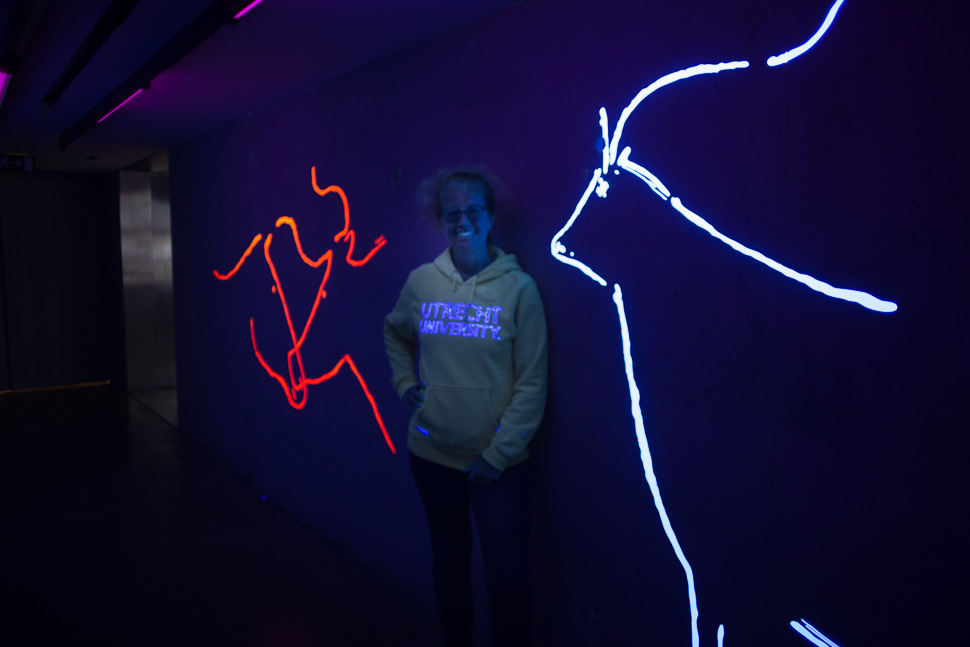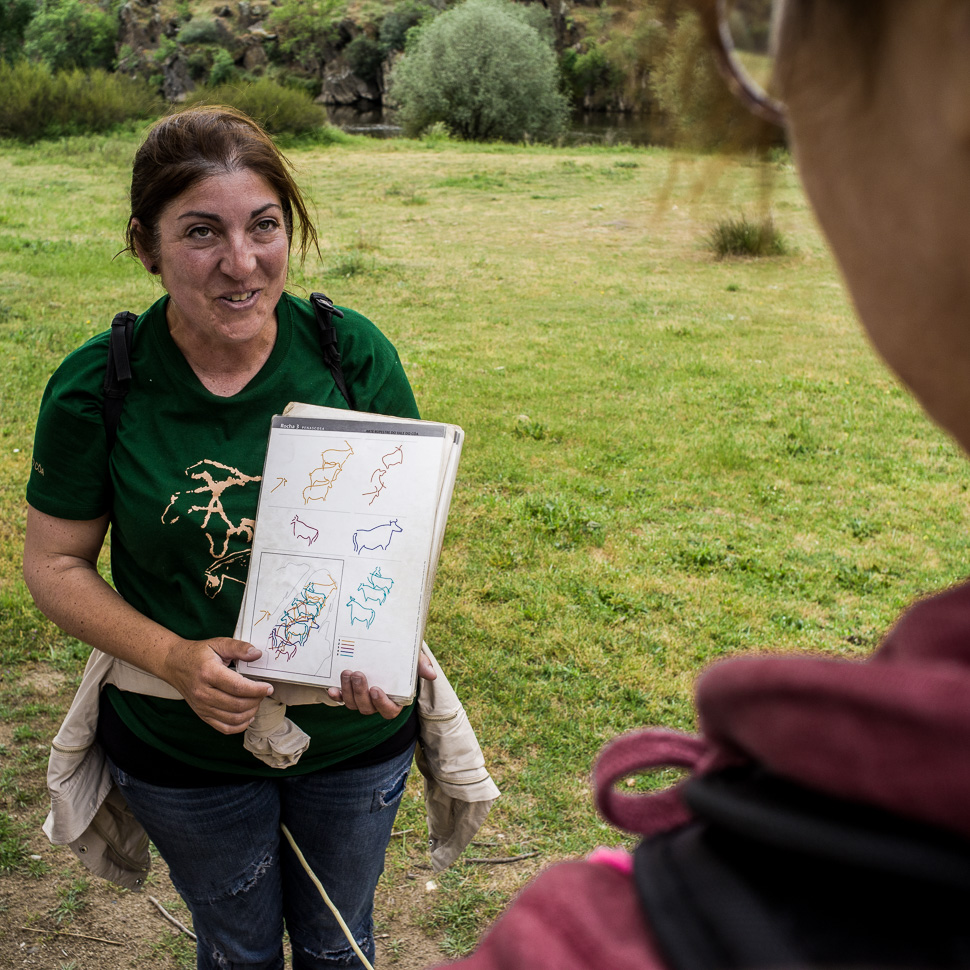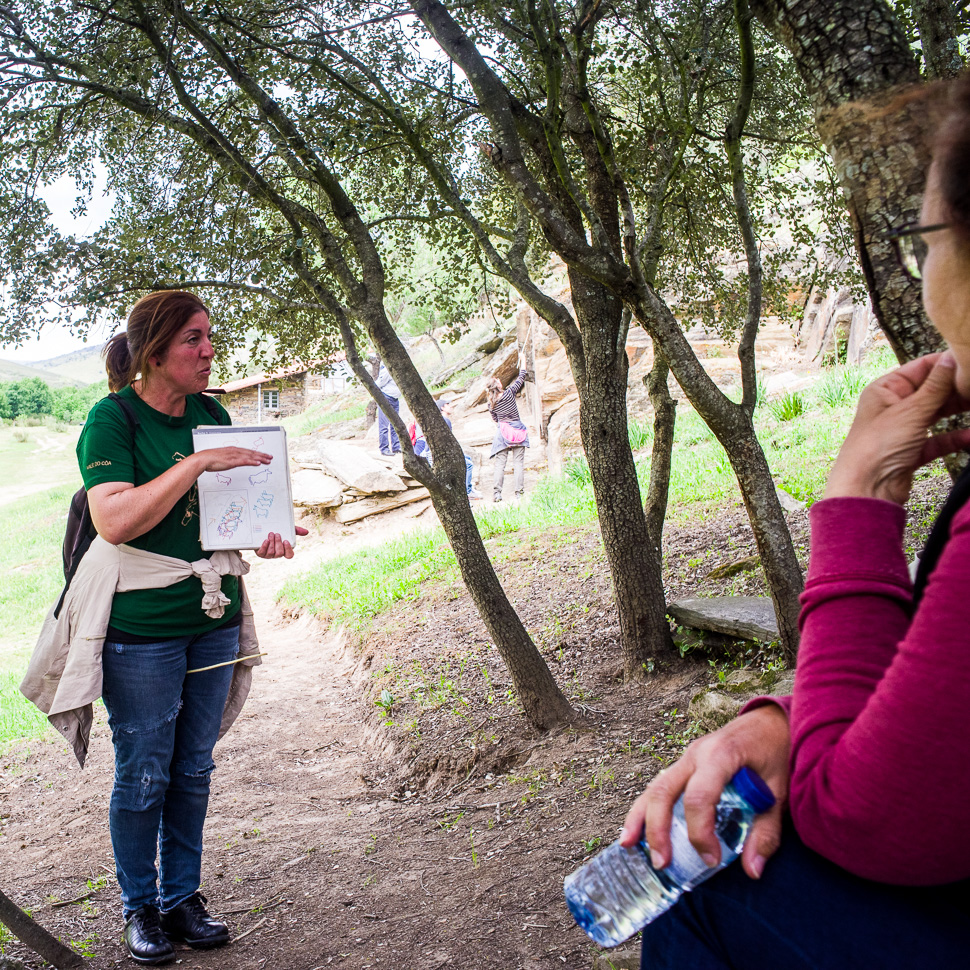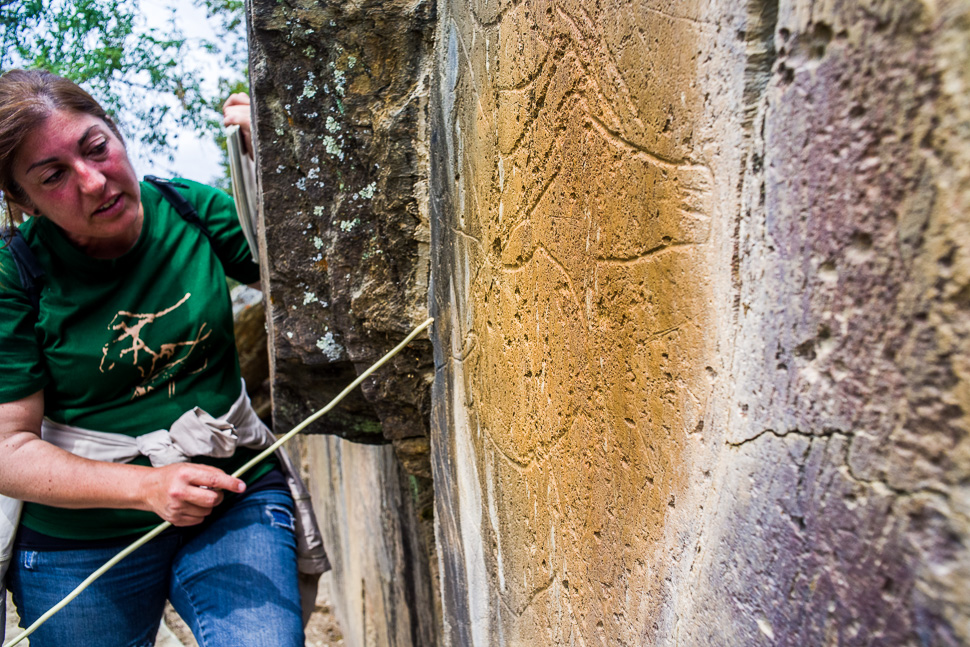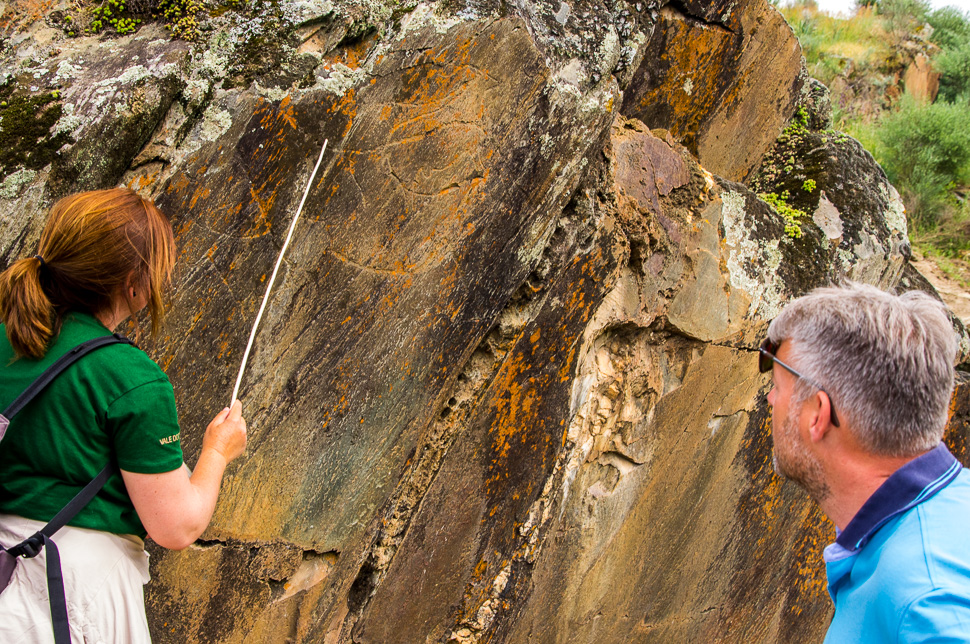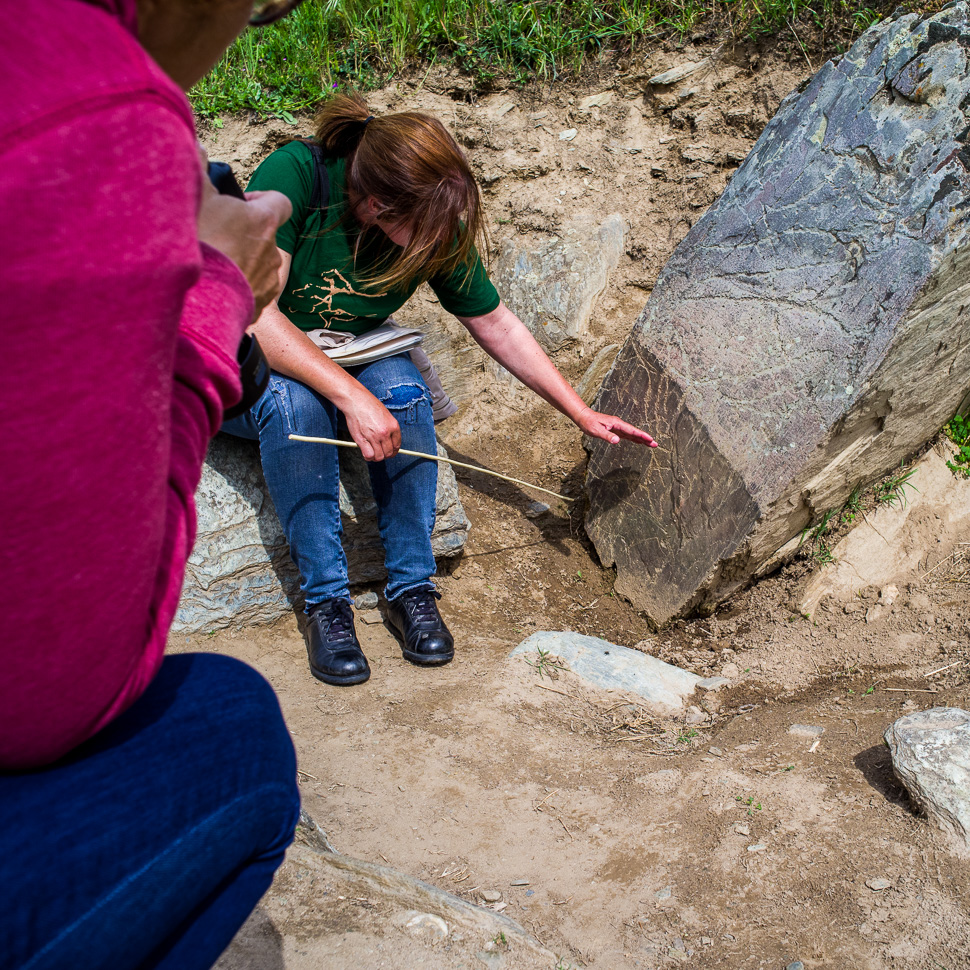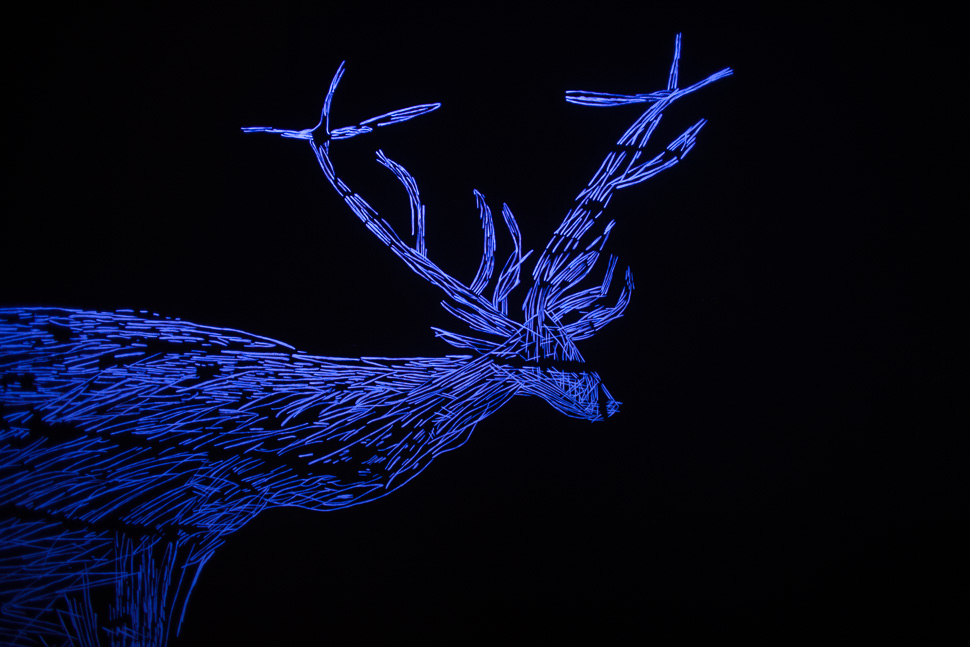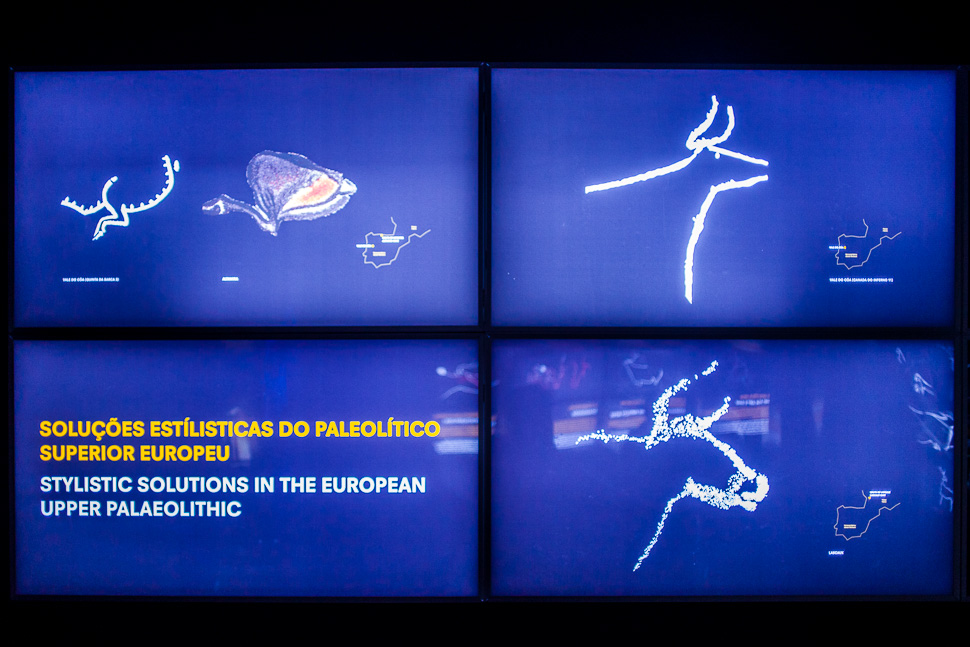We had travelled to the east of Portugal to visit a fascinating site of prehistoric art. The Côa Valley is an area of more than 10.000 open air paintings from the Paleolithic. We were curious what we will see there.
The Côa river runs north along the border with Spain and into the Douro. In the early 1990s rock engravings were discovered during the course of the construction of a dam. Archeologists found thousands of engraved rock drawings of horses, bovines and other animals, human and abstract figures, dated from 22,000 to 10,000 years
B.C.
In 1995, elections led to a change in government resulting in the cancellation of the dam project. The UNESCO confirmed that the Côa Valley is the biggest open air site of palaeolithic art in Europe, if not in the world!
At the beginning there was not much support by the government, but the locals fought for the preservation of the rock art with the slogan: “As gravuras não sabem nadar” (The carvings don’t know how to swim).
Already in 1998 the Prehistoric Rock-Art Sites in the Côa Valley were designated a World Heritage Site by UNESCO.
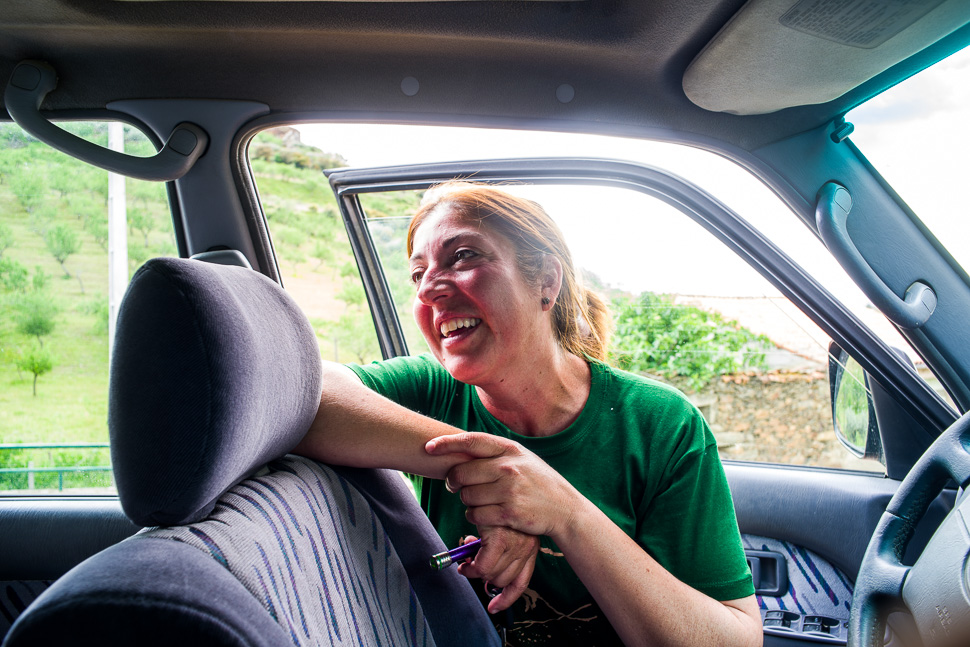 |
| Glória – our guide who took us to a site open for public |
Nowadays there is a modern museum near Vila Nova de Foz Côa, which gives a good introduction to the importance of the site (see some impressions at the end of the story). Only three sites are open to the public, and can be visited only with a guided tour. Every site has a guard watching over the rock paintings.
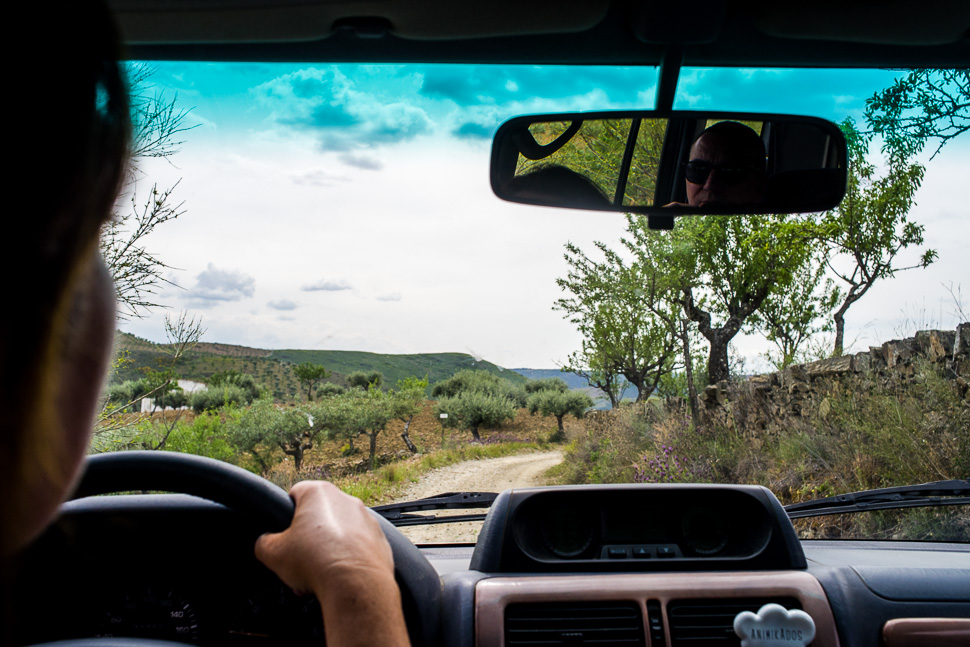 |
| Driving into the valley |
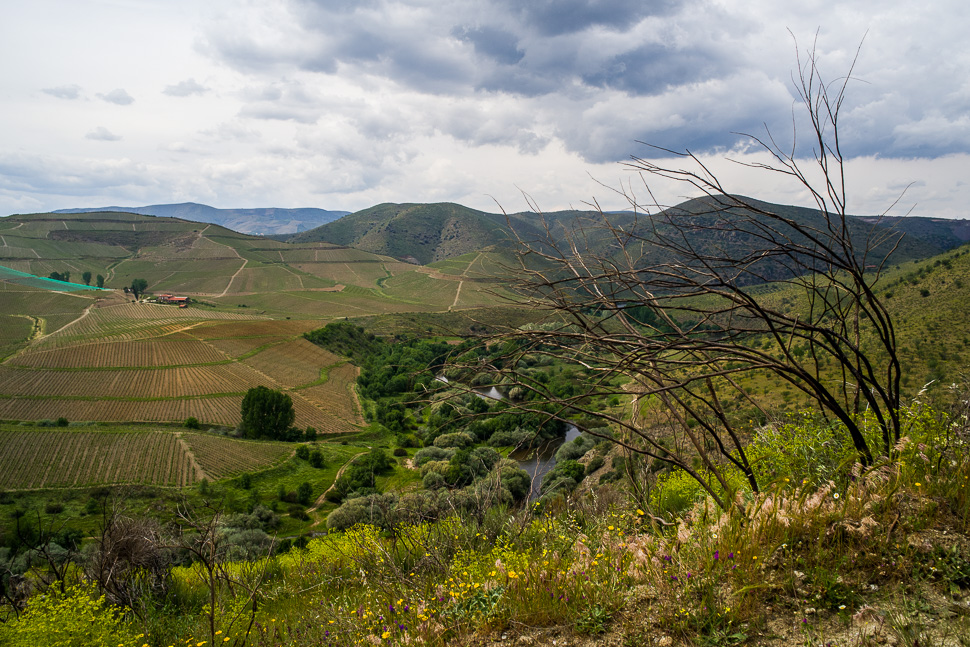 |
| Côa Valley |
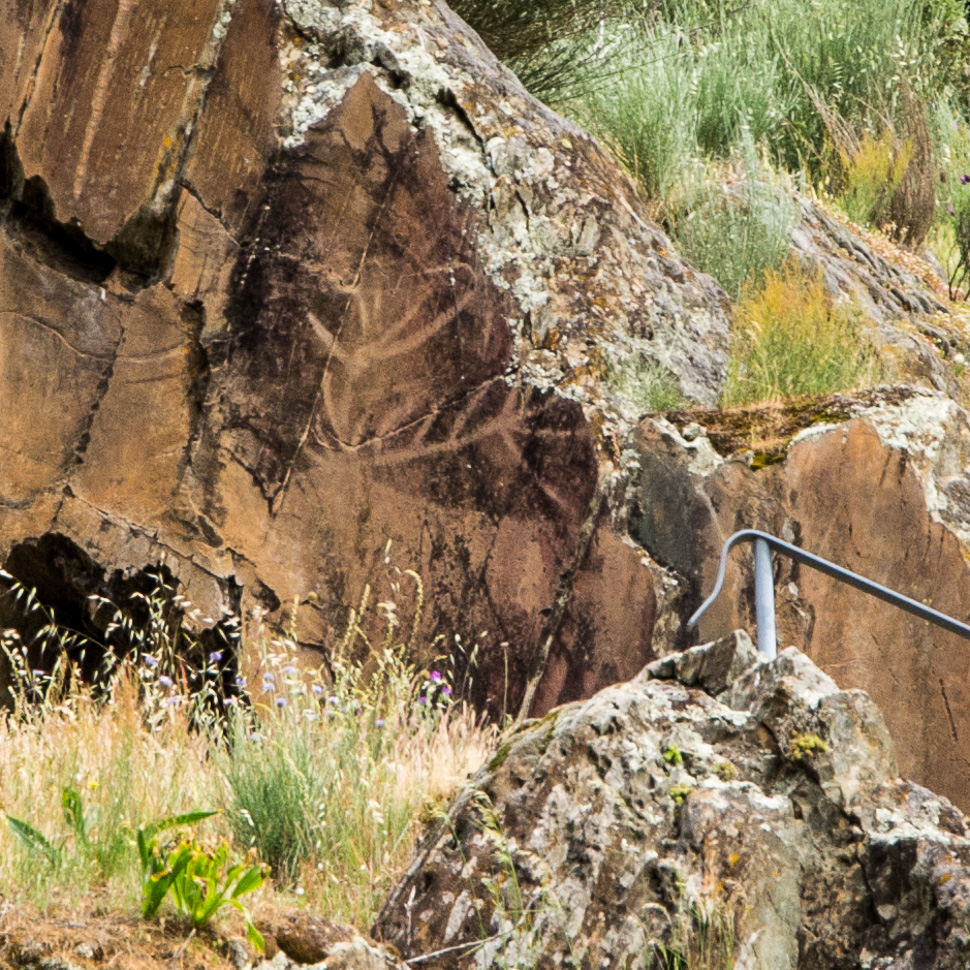 |
| Our first carved painting of a deer – can you see it? |
The prehistoric art is either carved, incised or picked, combining various techniques, but rarely painted, utilising the vertical schist slabs as canvass. Glória explained the used techniques to us and how the figures where placed over each other – the reason for that is still unclear.
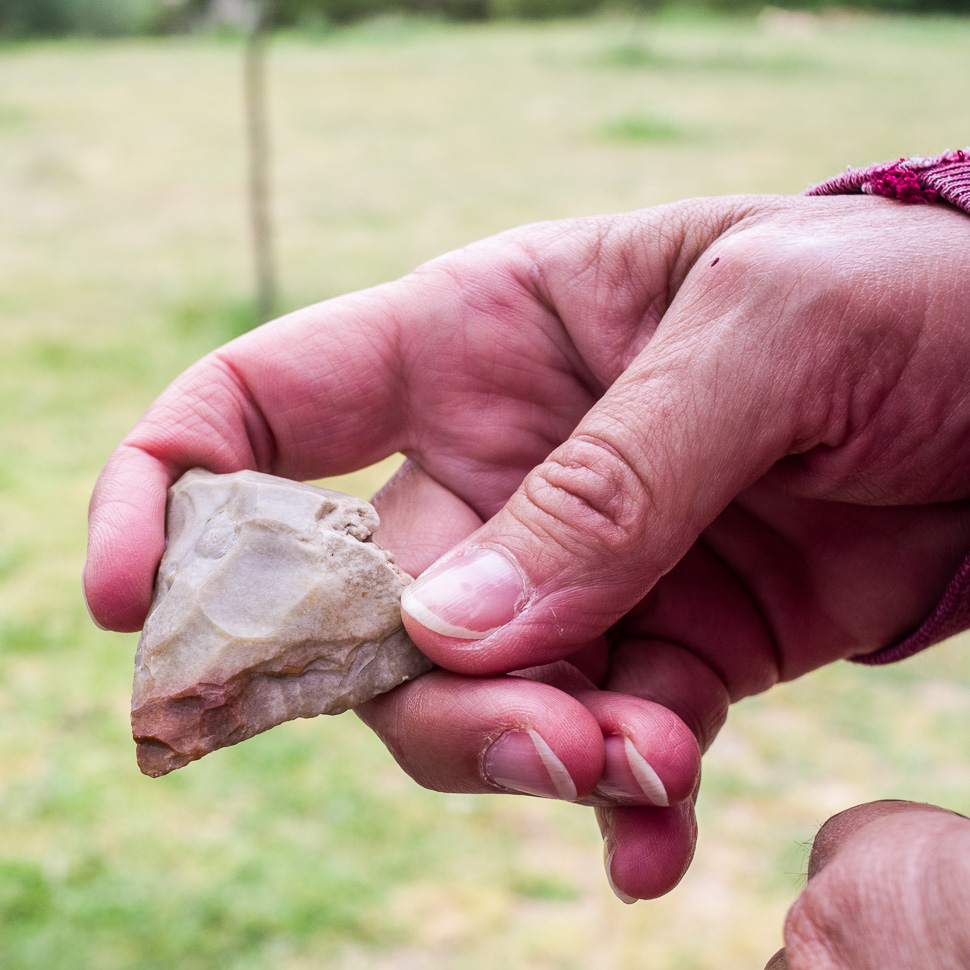 |
| Tool used for the engravings |
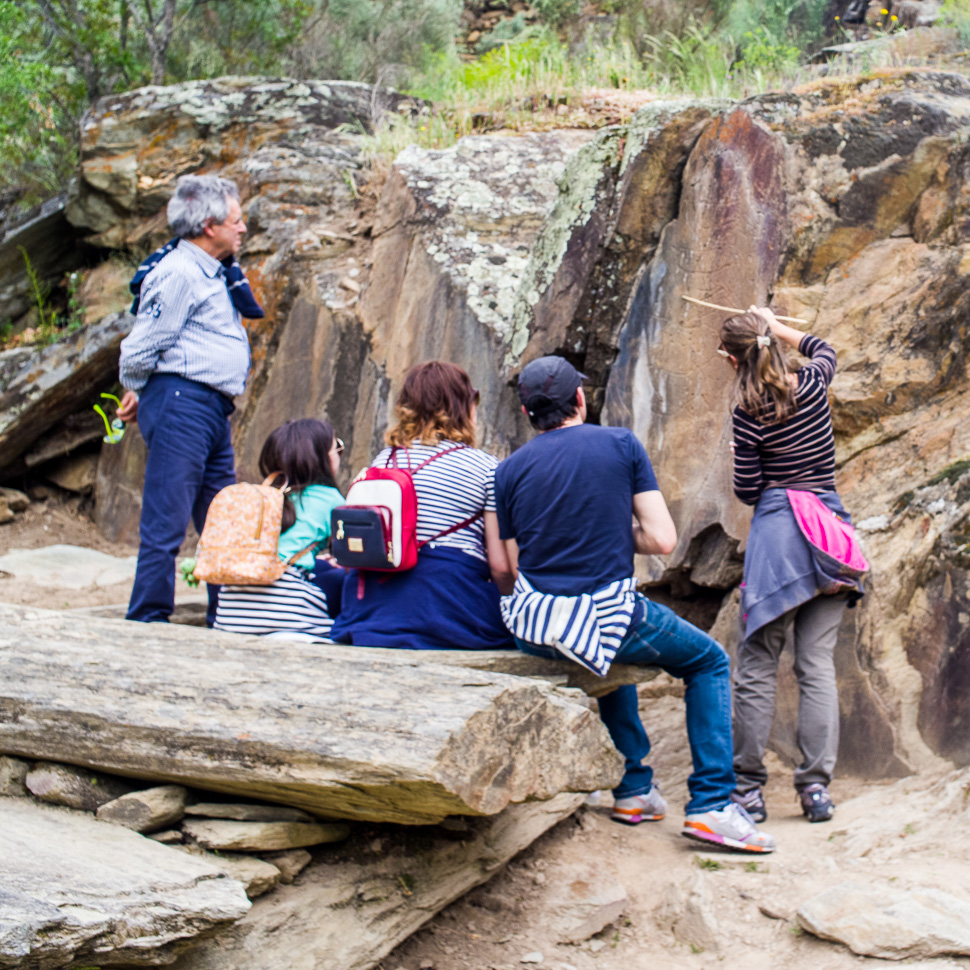 |
| Class in prehistoric art |
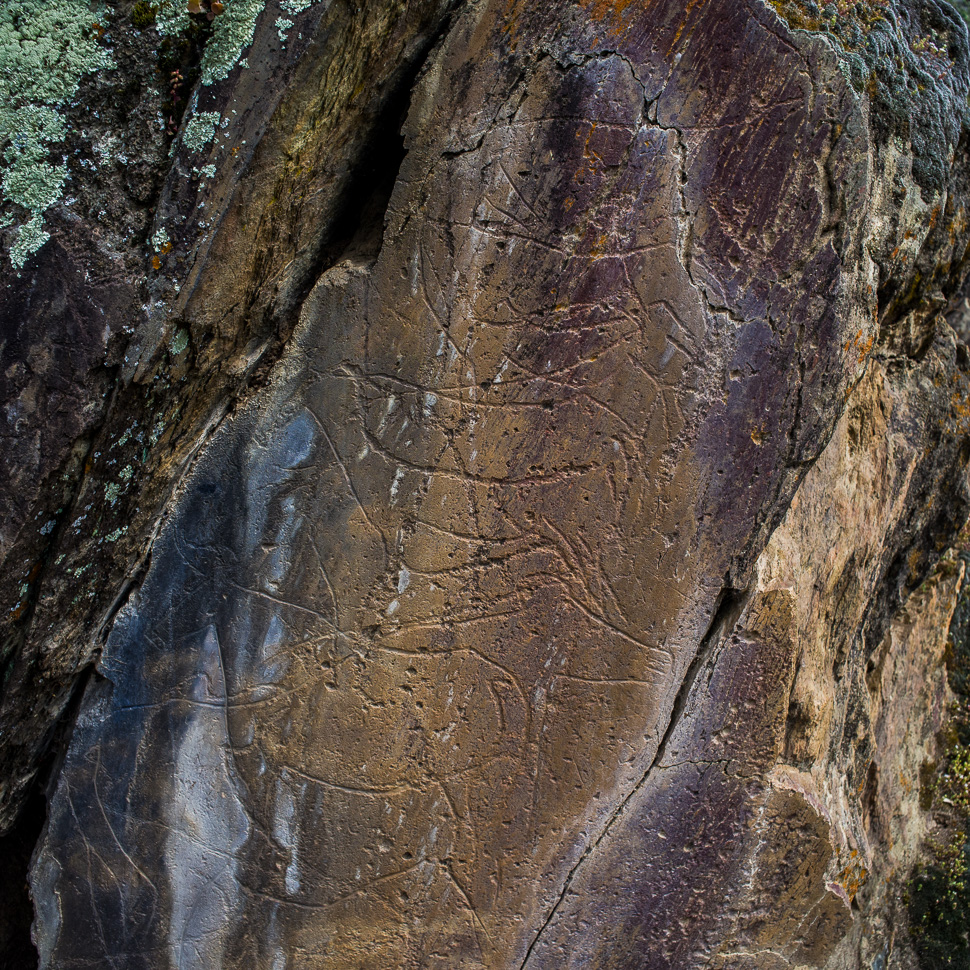 |
| Overlaying figures of bulls looking to the left and to the right |
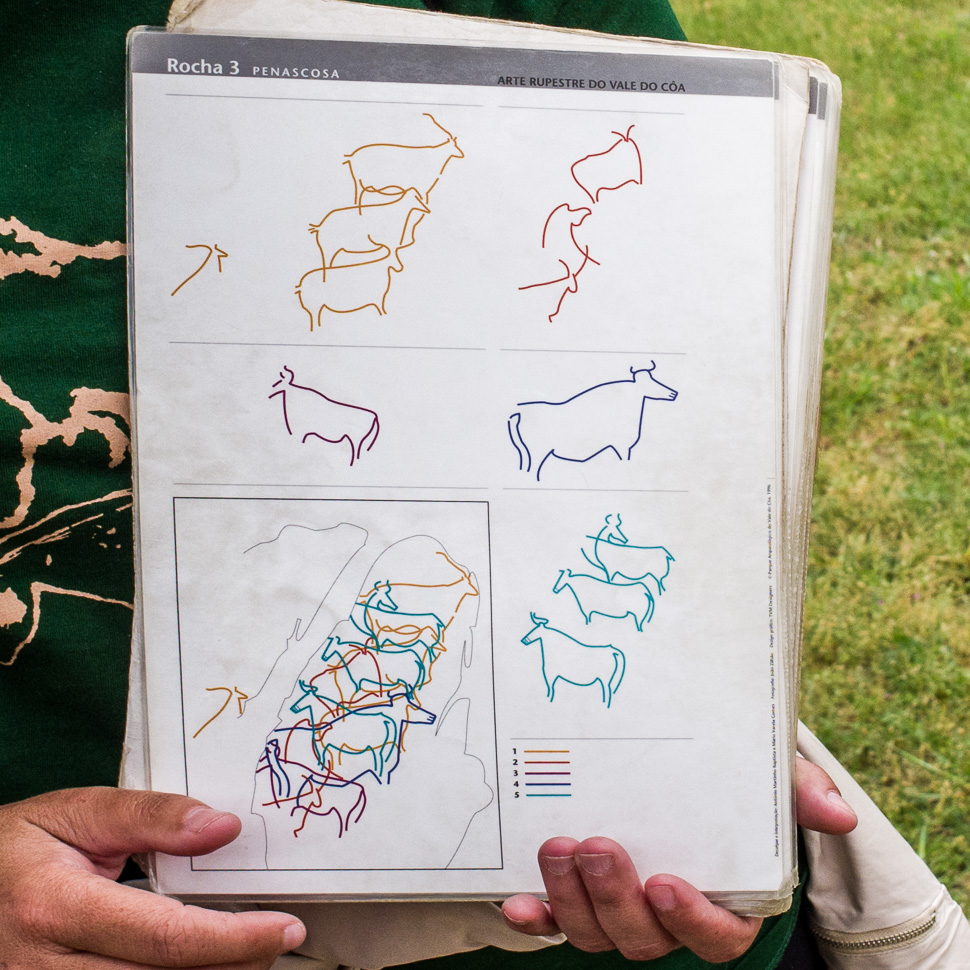 |
| Groups of bulls dating from a different periods |
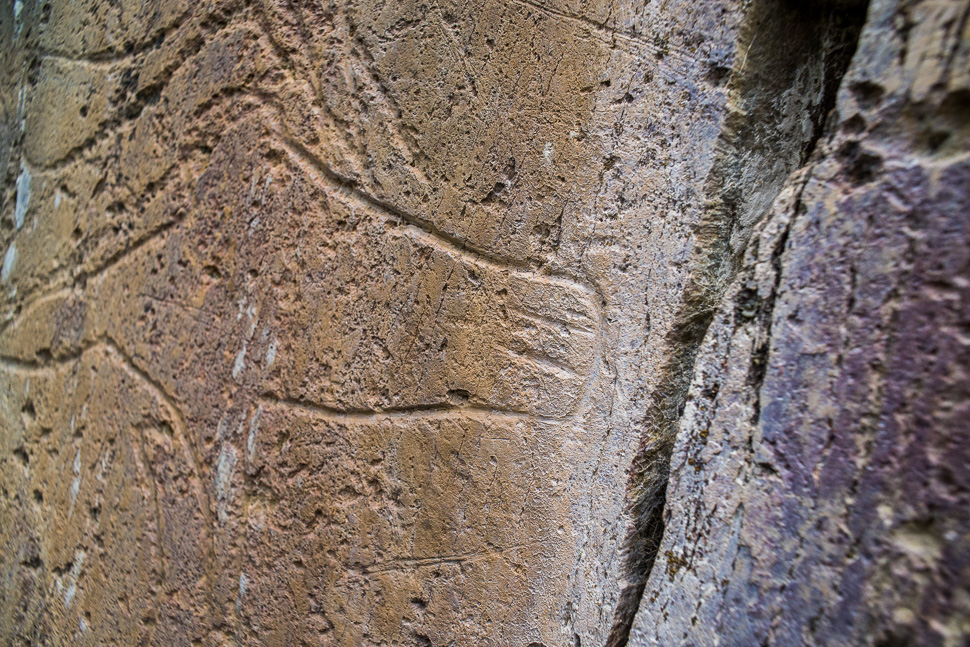 |
| Head of a bull |
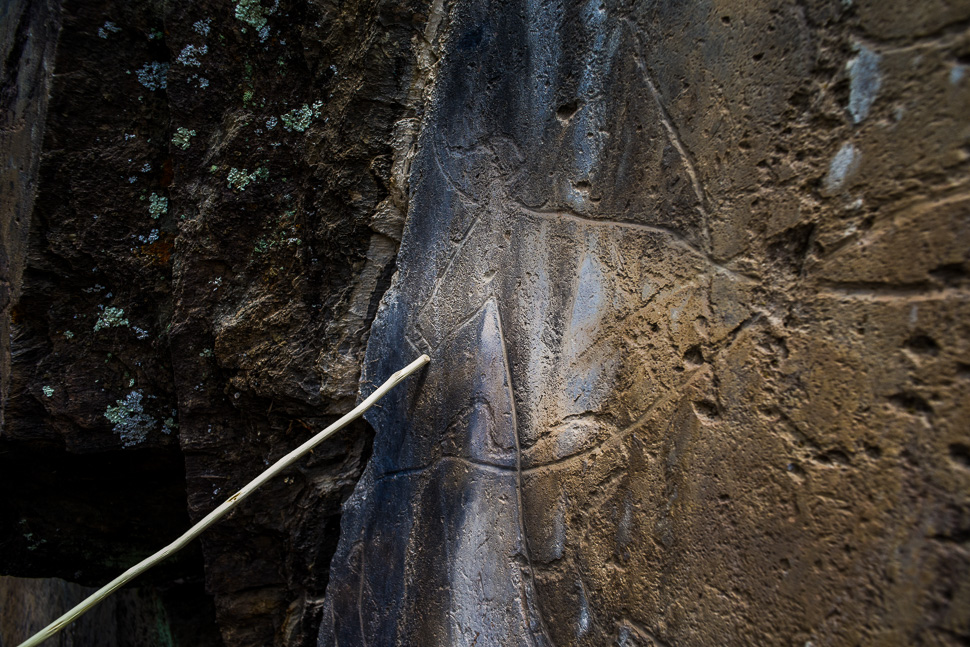 |
| Glória showed as each figure |
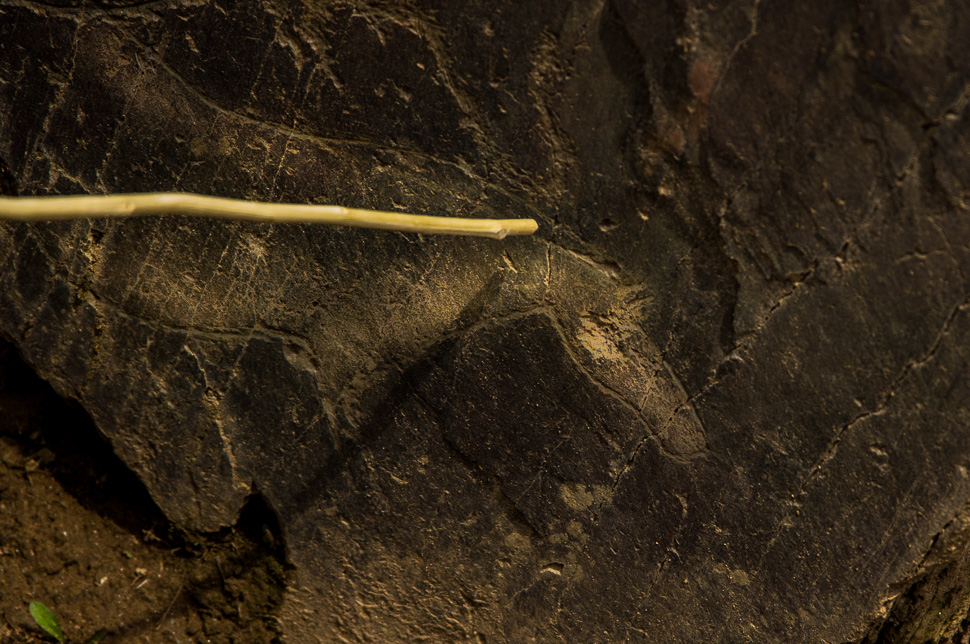 |
| A beautiful horse! |
Where the stones were protected from the weather, the carvings are better preserved. Archeologists found more engravings on rocks which are covered by the soil which the river deposited during centuries.
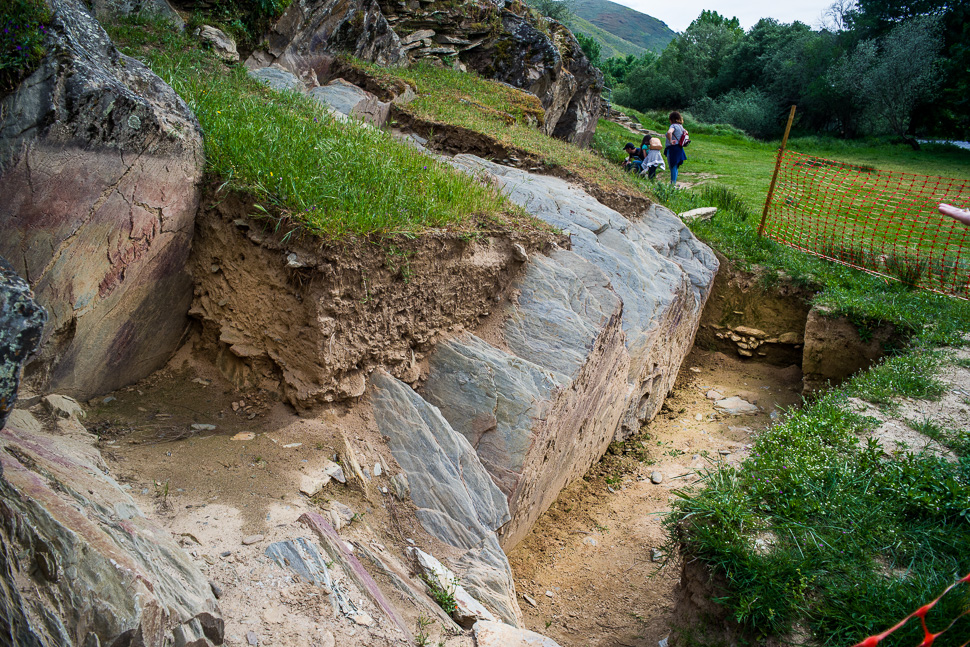 |
| New carvings discovered |
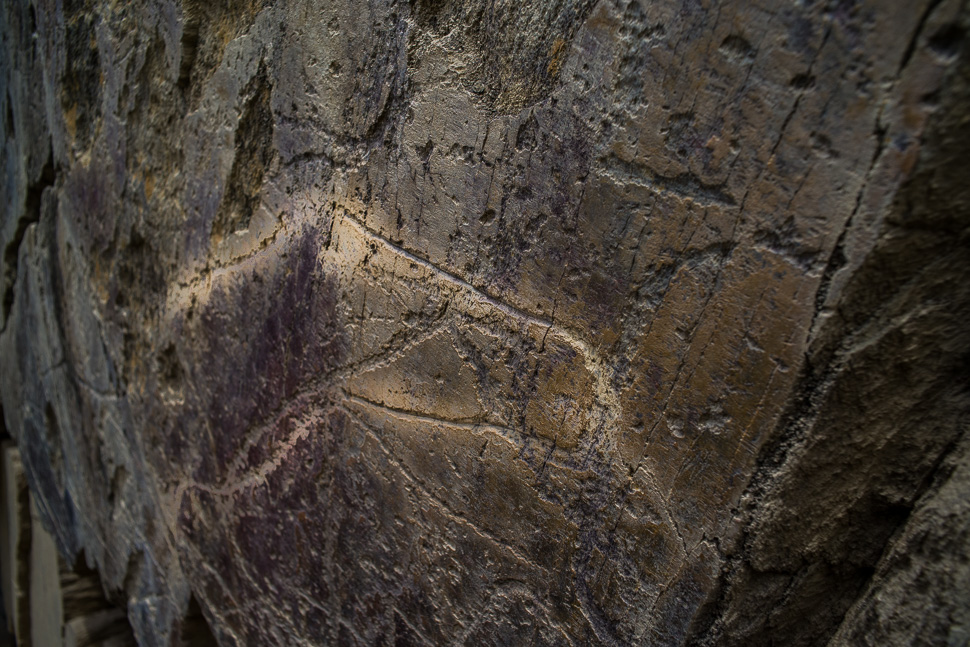 |
| Often animals have more than one head, representing movement like a cartoon |
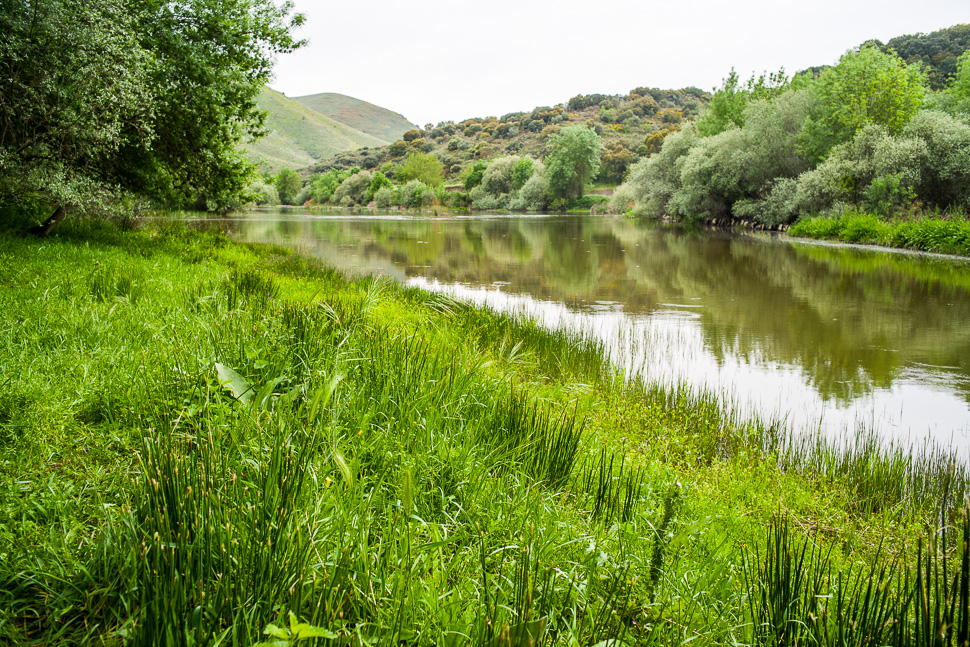 |
| Côa River |
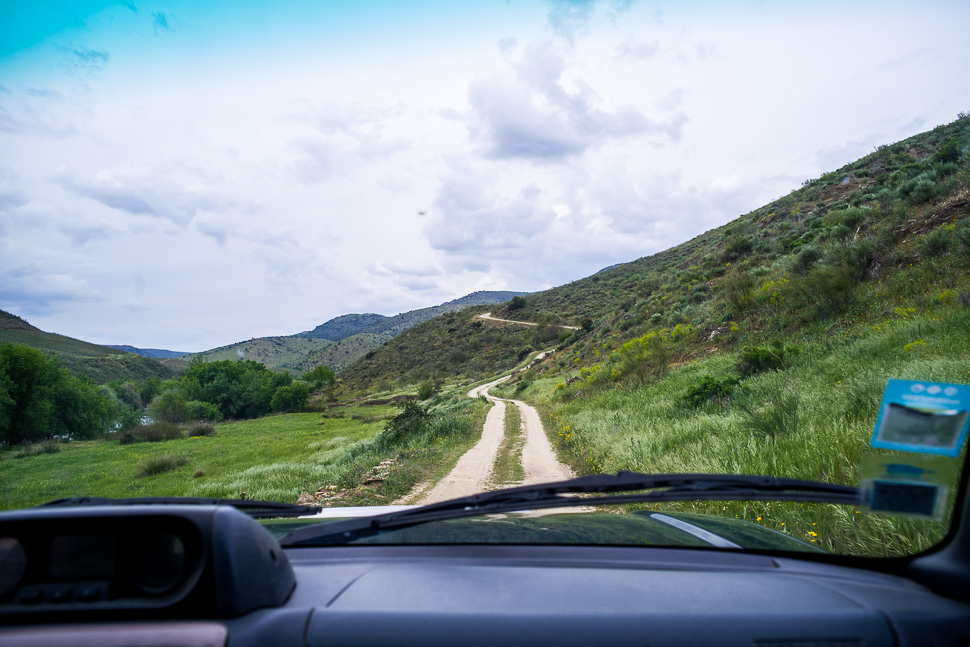 |
| on the way back … |
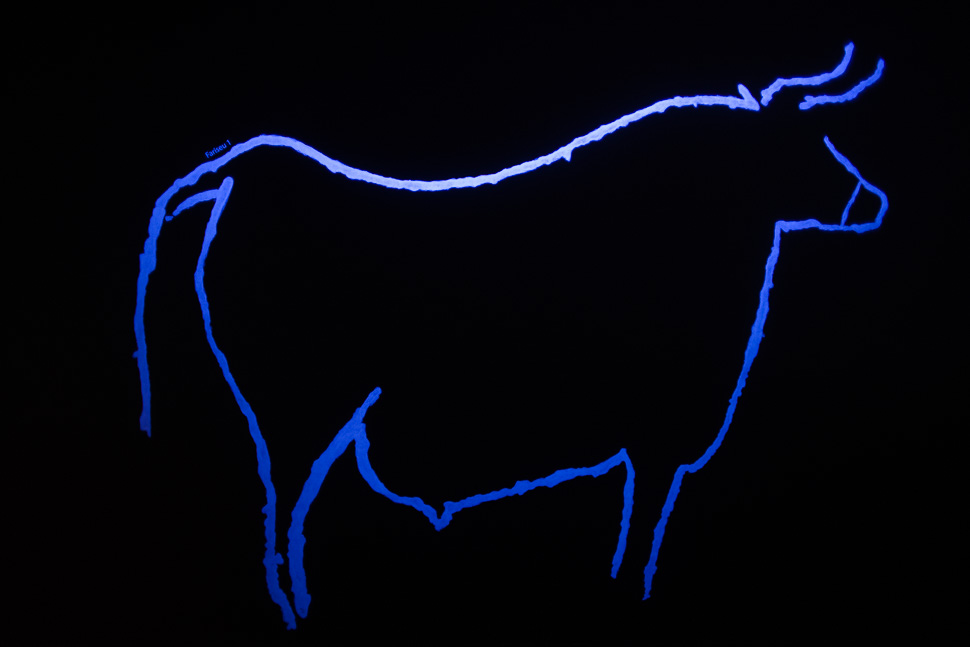 |
| some more impressions of different styles the museum displayed |
 |
| Carvings mainly in caves can be found all over the world |
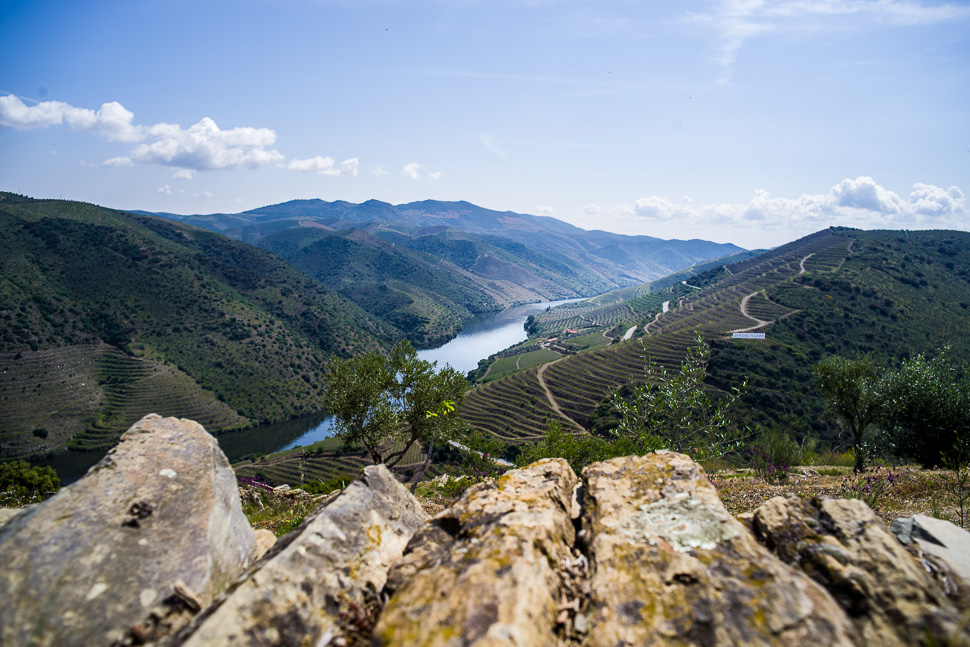 |
| View from the museum to the Douro River |
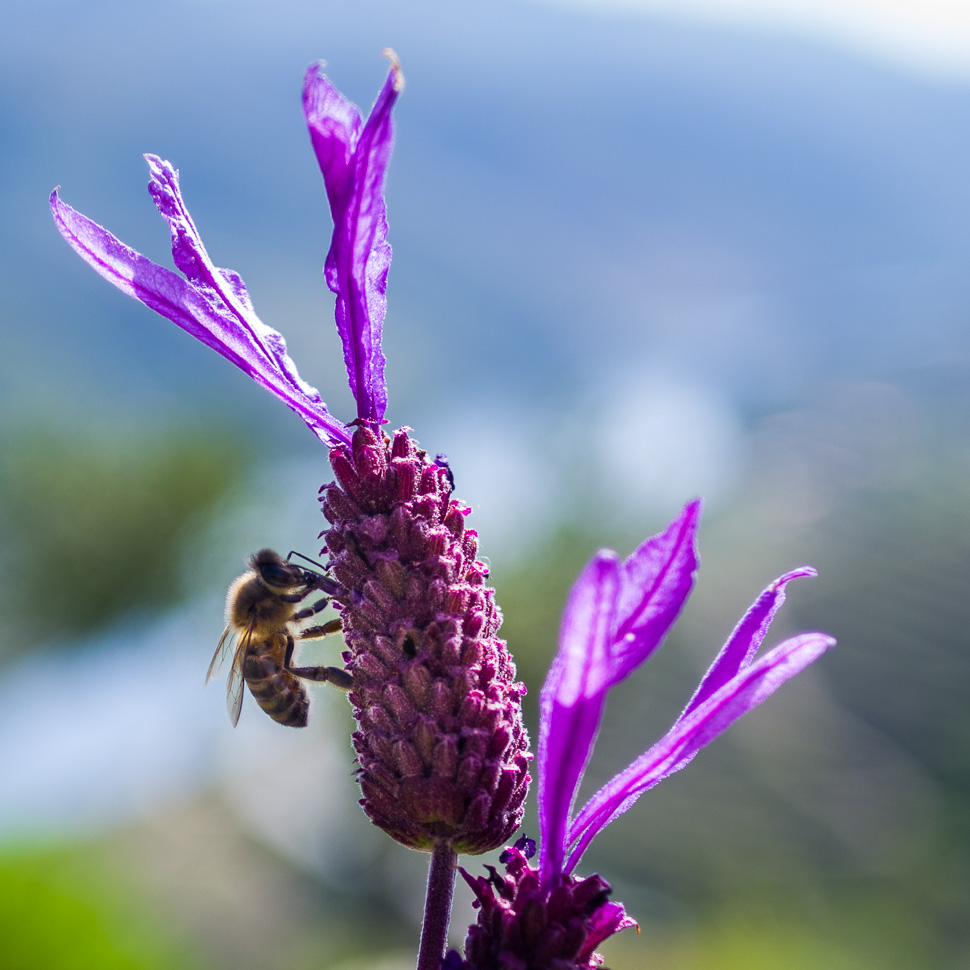 |
| Flower & bee of the day |
